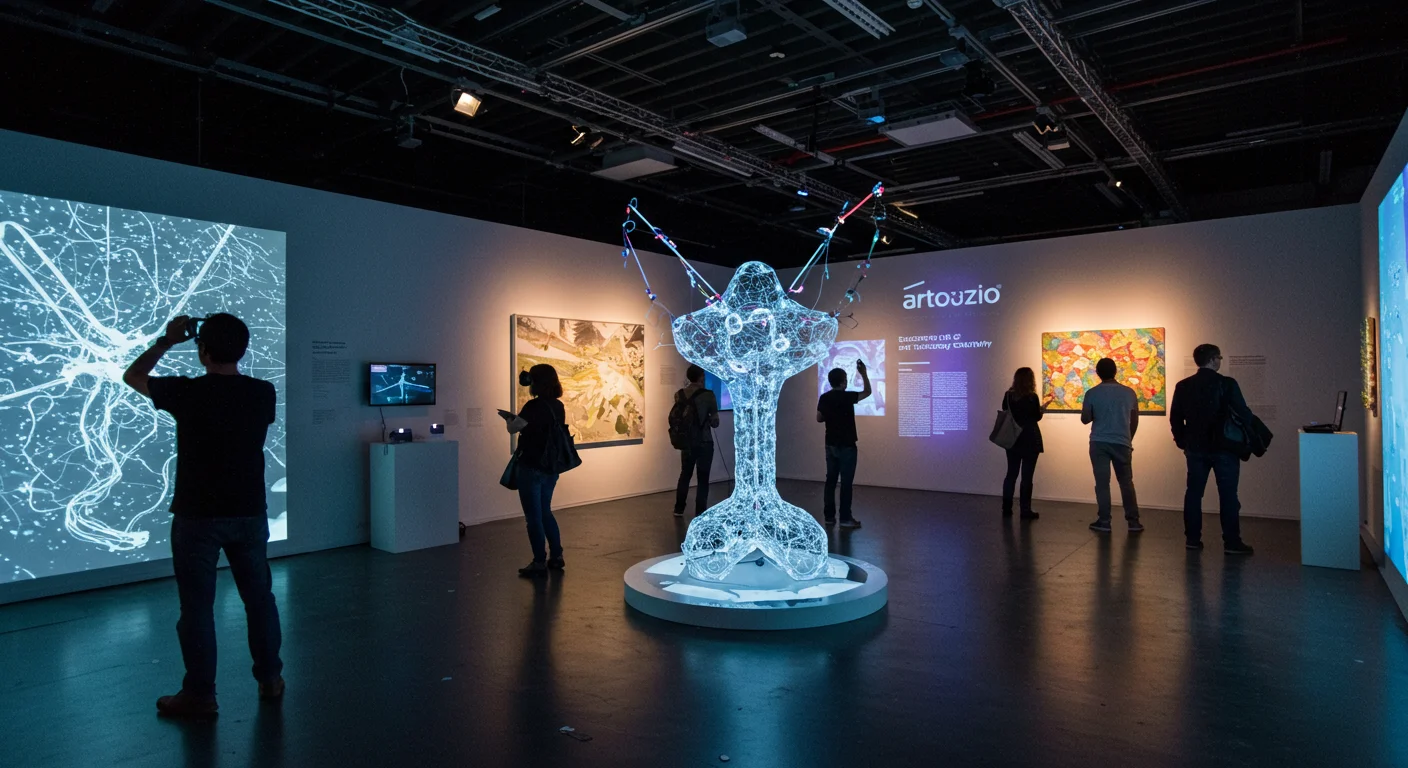Introduction to Artofzio
Artofzio represents a fresh wave in the creative world, combining the wisdom of traditional art forms with the possibilities unlocked by modern digital technology. It’s not simply a style or a tool—it’s a mindset. The concept encourages artists, designers, and creators to merge timeless artistic skills with artificial intelligence, interactive media, and advanced digital platforms.
At its core, Artofzio is about balance. It respects the authenticity of hand-crafted work while embracing the efficiency and expansion of digital innovation. This balance allows art to evolve without losing the cultural richness of its roots.
The Vision Behind Artofzio
The vision of Artofzio revolves around redefining what it means to “create” in the twenty-first century. For centuries, creative expression relied on human hands, natural materials, and face-to-face collaboration. Today, technology offers artists tools that extend their reach beyond physical boundaries.
However, Artofzio doesn’t aim to replace human creativity with algorithms. Instead, it promotes a collaborative relationship where technology enhances the artist’s vision, enabling them to experiment with forms, colors, and concepts that might be impossible in a purely traditional setting.
Blending Old and New
One of the defining traits of Artofzio is its respect for heritage art. This movement doesn’t discard techniques passed down for generations; rather, it incorporates them into new formats. A painting might begin as a sketch on paper, then evolve into an animated digital piece. A sculpture might be scanned, reimagined in 3D, and placed in a virtual environment for global audiences to experience.
By merging analog and digital methods, Artofzio expands the scope of what art can be. It ensures that traditional craft skills are preserved, while also giving them a place in the modern digital ecosystem.
The Role of AI in Artofzio
Artificial intelligence plays a crucial part in Artofzio’s workflow. AI tools can assist with generating concepts, refining designs, and even predicting how audiences might respond to different creative choices. This doesn’t mean the AI is making the art on its own. Instead, it serves as a partner—an assistant that offers suggestions and opens up new creative pathways.
For example, an artist might feed a hand-drawn sketch into an AI program that suggests alternate color palettes or patterns based on the piece’s mood. The artist remains in control, selecting and adapting ideas that best fit their vision.
Digital Platforms as Creative Spaces
The rise of digital platforms has given Artofzio creators the ability to share their work instantly with a worldwide audience. Online galleries, immersive VR spaces, and interactive exhibitions allow people to engage with art in ways that were impossible a generation ago.
These platforms are not just distribution channels; they are collaborative spaces where artists can work together across continents. A photographer in one country can team up with a 3D designer in another, combining their skills to produce something neither could achieve alone.
Benefits of the Artofzio Approach
The Artofzio movement offers a range of benefits to artists, audiences, and the art world as a whole:
- Preservation of Tradition: By integrating classic techniques into modern workflows, heritage art stays relevant.
- Expanded Creative Potential: Artists can explore styles and mediums that blend physical and digital realities.
- Global Collaboration: Creators can connect and work with others across different cultures and regions.
- Audience Engagement: Digital interactivity allows viewers to participate in the creative process or experience art in new ways.
- Sustainability: Virtual creation often reduces the need for physical materials, lowering environmental impact.
Challenges Faced by Artofzio Artists
While the opportunities are exciting, adopting the Artofzio approach is not without challenges. One concern is ensuring that technology does not overshadow the human element of art. If overused, AI-generated elements can risk making works feel impersonal or formulaic.
Another challenge lies in accessibility. High-end digital tools can be expensive, creating a gap between those who can fully participate and those who cannot. Artofzio advocates for making creative technology more affordable so that more artists can benefit.
Practical Applications of Artofzio
Artofzio can be applied across various industries beyond fine art. In fashion, designers can combine traditional fabric patterns with digital rendering tools to create innovative clothing lines. In architecture, sketches inspired by historic designs can be transformed into futuristic 3D blueprints. In gaming, traditional storytelling techniques can blend with interactive visuals to produce rich, immersive worlds.
This adaptability makes Artofzio a versatile movement that resonates with both independent creators and large-scale studios.
How to Begin Your Artofzio Journey
Getting started with Artofzio does not require the latest, most expensive equipment. The foundation lies in developing a creative mindset that welcomes both tradition and innovation. Here’s how beginners can start:
- Learn a Traditional Skill: Whether it’s sketching, painting, pottery, or photography, begin with something that has a physical, tactile process.
- Explore Digital Tools: Experiment with accessible design software, AI art programs, or 3D modeling apps.
- Combine Techniques: Try integrating your physical art into a digital format, or use digital tools to influence your physical creations.
- Collaborate: Seek out other artists with different skill sets to expand your creative possibilities.
- Share and Evolve: Use online communities to display your work, gather feedback, and refine your style.
The Future of Artofzio
The future of Artofzio is dynamic and promising. As technology evolves, so will the ways artists can blend tradition and innovation. We may see new forms of interactive art that respond to a viewer’s emotions in real time, or digital recreations of ancient art pieces that can be explored in virtual reality.
What will remain constant is the movement’s core belief: that art should reflect human creativity, even in an age dominated by machines. Artofzio ensures that the soul of artistry remains intact, no matter how advanced the tools become.
Conclusion
Artofzio is not just a technique—it’s a philosophy. It invites artists to honor the past while embracing the future, to combine handmade authenticity with the limitless potential of digital technology. By fostering collaboration between human creativity and machine assistance, it opens doors to forms of expression that previous generations could only imagine.
In a world where creative landscapes change rapidly, Artofzio serves as a reminder that true artistry lies not in the tools we use, but in the vision and passion that guide them.

